Visiting Scholar Professor Isabel Arredondo
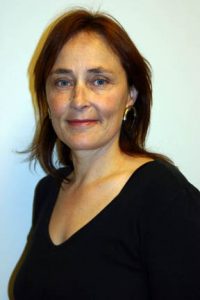
Beverly Curran, Professor of Media, Culture & Communcations at ICU, received a grant from JICUF last fall to invite Professor Isabel Arredondo of the State University of New York at Plattsburgh as a visiting scholar. Professor Arredondo spent two weeks in Japan from January 7th to 21st. She participated in Professor Curran’s Media Translation class to talk about her research on the Super 8 film movement in Japan and qualitative research methods. Here is what Professor Curran had to say about Professor Arredondo’s visit.
“Visiting Scholar Dr. Isabel Arredondo visited the ICU campus from 7-21 January. She took part in my Media Translation classes at ICU and drew students’ attention to the material aspects of film. She introduced her project concerned with the global Super 8 movement (Single 8 in Japan) to
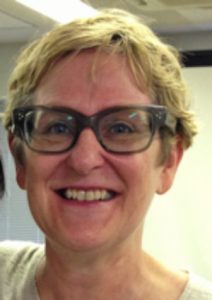
over 200 students in the class, and found help from students to access and translate archives and posters that provided information about Super 8 and its use in university film clubs and presence at film festivals in Japan. She participated in a symposium called “Film and its Translations: voices, technology, and viewing,” along with theatre translator and director Dr. Kanchuka Dharmasiri and filmmaker and director Linda Ohama. The student response to the symposium was enthusiastic. They were inspired by the passions each of these women had for different aspects of ‘film’. Many students were interested in the idea of film research as a result of Dr. Arredondo’s presentation. They realized that the apps they use to make films on their phones or computers have a history, and that the Super 8 camera was an innovative technology that had a global impact and changed society. Ai Ikejima, who helped Dr. Arredondo with her research by contacting filmmakers was surprised and said, ‘People I asked about super-8 film were all enthusiastic and even my questions about a film shown in a film festival about 30 years ago were answered thoughtful and kindly.’ Certainly film technologies may be the topic of research projects and senior theses as a result of Dr. Arredondo’s visit to ICU. It was a pleasure, as well, for the participants of the symposium to meet each other at the university. At dinner following the event, it was interesting to see the animated exchange between Dr. Arredondo and Linda Ohama as they spoke with sparkling eyes about their ‘favorite film,’ referring to the kind of film they used rather than a film they had viewed.”
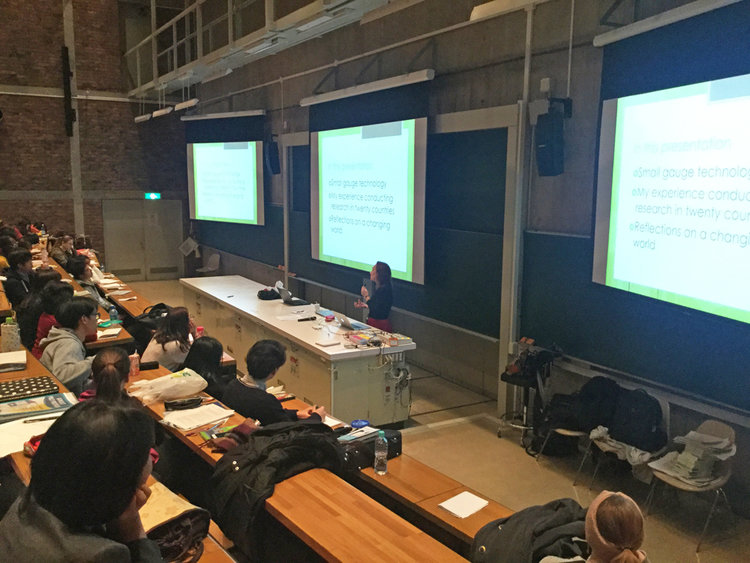
Upon her return to New York, Professor Arredondo was kind enough to answer some questions.
JICUF: Please tell us about your interest in Super 8 film. Why does it fascinate you, and what type of research did you do during your stay in Japan?
IA: I am currently writing a book about the 8mm film culture, which was very important during the 1970s and 1980s but is an underresearched topic. Kodak/Fuji created the Super 8/Single 8 format (8mm gauge) to make home movies. However, many non-professional filmmakers around the world used the 8mm gauge for a different purpose: to create an alternative culture to commercial filmmaking. They were able to make these films because they could edit them at home. My book demonstrates that these non-professional filmmakers created a network of film festivals that can be considered one of the first examples of globalization in non-professional cinema. These festivals are important because they established an alternative circuit to that of major international film festivals, such as Berlin, Cannes and Venice. The problem is, we know very little about this cinema culture. In 2008, I received a Fulbright grant to study the Caracas Super 8 Festival, and since then I have been looking for funding to continue with my project.
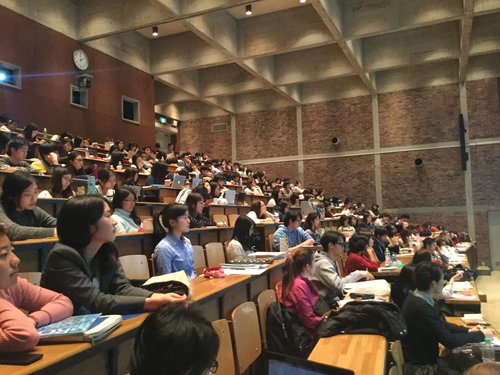
My research topic, film festivals in Super 8 and Single 8 in the 1970s and 1980s, is challenging because neither libraries nor archives collected documents related to these films, filmmakers and festivals. It is also challenging because it is a worldwide movement, which requires speaking at least five languages and funds for traveling to Caracas, Brussels, Paris, Toronto, Montreal, New York, Tunis, Saarbrucken, Berlin, San Juan (Puerto Rico), Buenos Aires, Bogotá, and Sao Paulo. I have interviewed fifty filmmakers and film festival directors from North and South America, Europe and North Africa. I could have stopped there and considered Asia off limits. I do not speak Asian languages and traveling to Asia is much more expensive if you live in the United States/Spain, as I do. However, it is precisely the inclusion of Asian festivals in Tokyo, Hiroshima, Hong-Kong and Manila that can sustain my claim that the movement was global, rather than just from Europe and the Americas.
JICUF: Please tell us about your connection with ICU. How did your visit to ICU materialize?
IA: Because finding information about Japan’s 8mm culture was practically impossible, I had given up on the idea of including Japan in my book. Plans changed when I met a former visiting scholar to ICU, George Yu. Following his advice, I decided to apply to ICU, and in the process, Paul Hastings introduced me to ICU Professor Beverly Curran. She organized a symposium on Film and Its Translations in which filmmaker Linda Ohama, theater director and translator Dr. Kanchuka Dharmasiri and I participated. Professor Curran also facilitated my individualized research projects with ICU students.
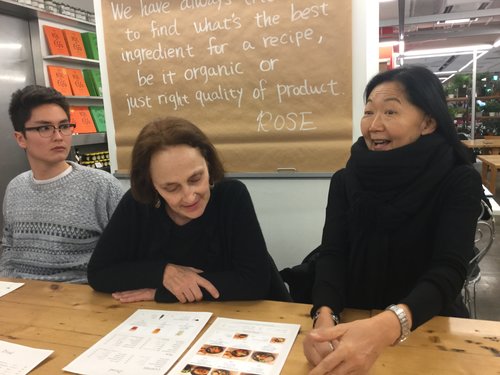
JICUF: How did you spend your time in Japan?
IA: I came to Japan with a list of Japanese film festival directors and filmmakers whose films had participated at a film festival in Brussels. The Brussel’s festival was part of an organization called the International Federation of Super 8 Cinema (1976-1989), which is at the center of my research on 8mm culture in the world. Despite having a list of names and films, I had no idea if these directors and filmmakers were alive or not, and if they were, how to get in contact with them. With the help of ICU student Ai Ikejima, a graduating senior in linguistics, I was able to communicate with the people on my list. After my first contact, I was able to interview them with the help of another ICU student, Yuca Inoue, who interpreted for me.
JICUF: What was your biggest takeaway from the visit?
IA: My stay in Japan provided me with a sense of understanding and connectedness. The generous support of the Japan ICU Foundation and the encouraging environment created by Professor Curran at ICU allowed me to come into contact with the vibrant 8mm culture of Japan’s universities in the 1970s and 1980s. The people I interviewed in Europe and the Americas for my study believed that their 8mm cinema culture was a movement exclusive to their own countries. So did the people I interviewed in Japan; they thought it was a Japanese phenomenon. It is by connecting communities that the complexity of the world and its social relations emerge. I am thankful to the Japan ICU Foundation and ICU for their generosity and their support to maintain a dialog among countries and cultures.
Thank you Professors Curran and Arredondo for sharing your thoughts on the experience!
We are glad to hear that it was a fruitful visit, and that many ICU students took advantage of Professor Arredondo’s expertise.



